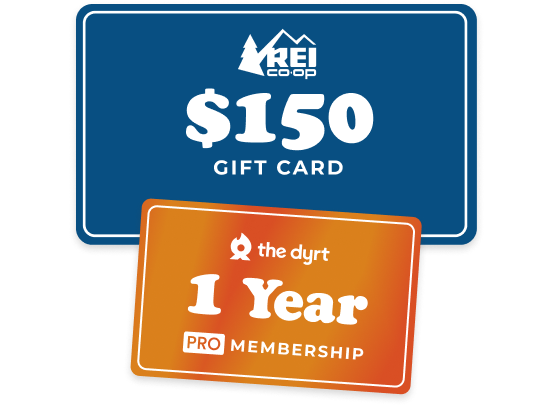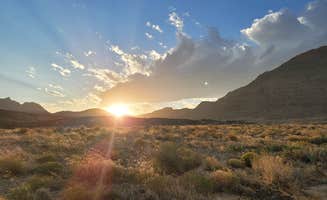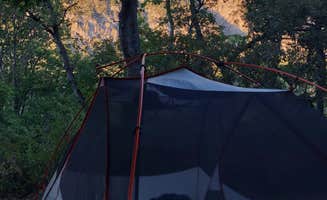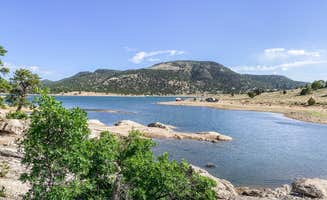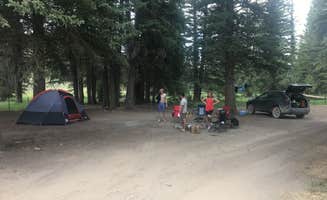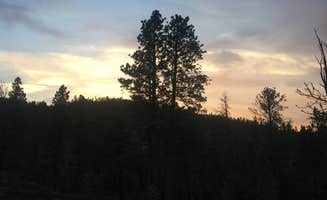Top 10+ Dispersed Free Camping in Utah
Utah's public lands offer numerous dispersed camping locations across diverse landscapes. Tom Best Spring Road (FR117) in Dixie National Forest provides free primitive camping suitable for both tents and RVs with drive-in access. The area permits campfires and accommodates large rigs but lacks drinking water, toilets, and other amenities. Similar conditions exist at Capitol Reef National Park dispersed areas, where campers must bring all necessary supplies.
BLM land outside Moab represents another popular dispersed camping option, with both drive-in and walk-in access. Unlike many dispersed sites, this area provides drinking water and trash collection, though no other facilities. Valley of the Gods near Mexican Hat offers spectacular scenery with high ratings from visitors. A recent review noted that "the road is in such a condition that for an RV, at 10 mph, you will lose some dental pieces," highlighting the importance of vehicle clearance when accessing remote sites. Most dispersed areas throughout Utah require self-sufficiency with no hookups, limited cell service, and strict pack-in/pack-out policies.

